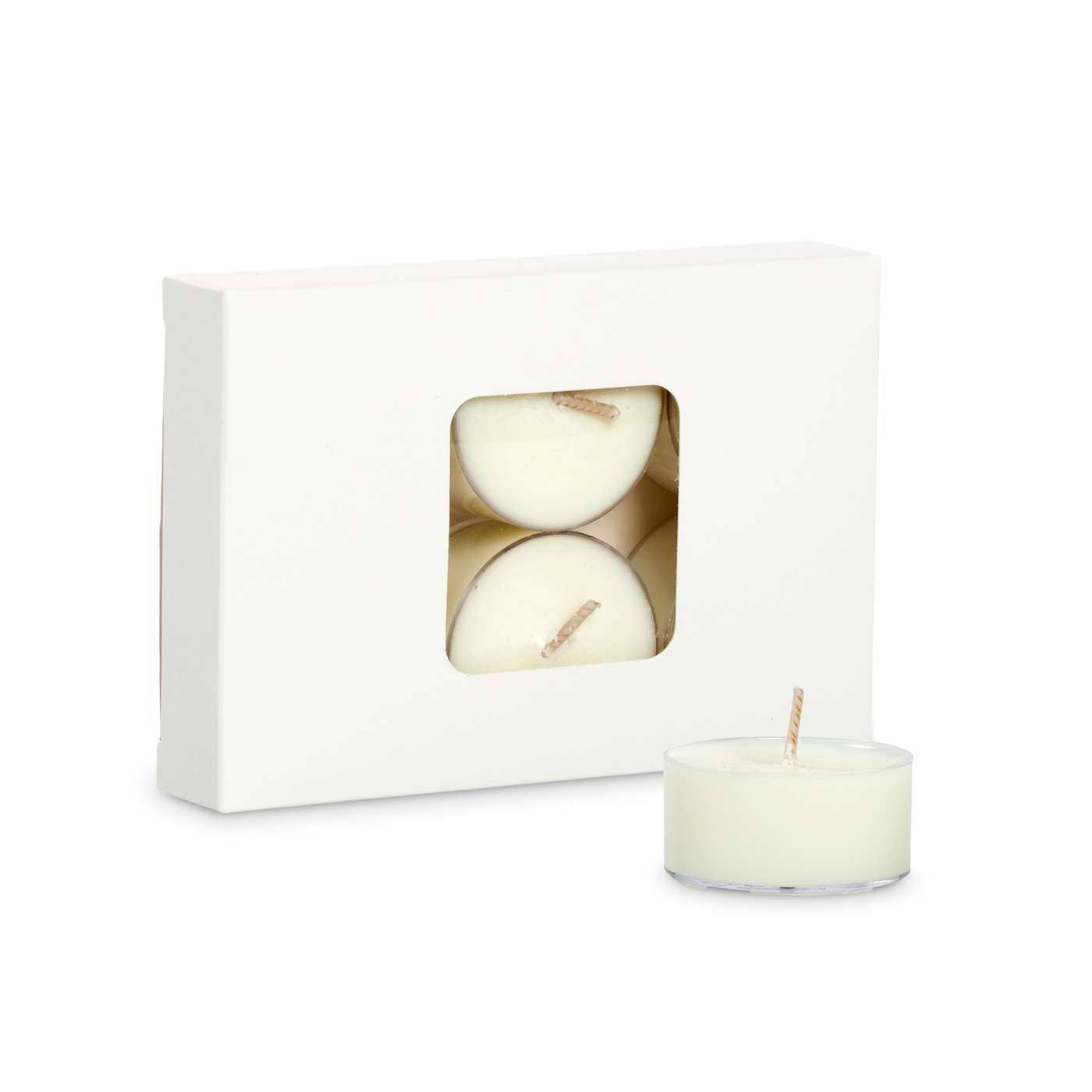From Wick to Wax: Comprehending the Chemistry Behind Soy Wax Candles and Their Ecological Effect
As we illuminate our rooms with the warm radiance of candles, there exists a realm of elaborate chemistry behind the seemingly basic act of lighting a soy wax candle. The choice in between soy and paraffin wax extends past mere aesthetics, diving into the world of ecological effect and the very make-up of the materials. Comprehending the molecular structure of soy wax and its combustion process loses light on the discharges launched into our environments. Join us as we decipher the clinical ins and outs behind soy wax candle lights and discover their effects on our atmosphere.
Soy Wax Vs. Paraffin Wax
When comparing soy wax and paraffin wax for candle light production, it is important to comprehend the distinctive qualities and advantages of each product. Soy wax is an all-natural, eco-friendly source originated from soybean oil, making it naturally degradable and eco-friendly - home fragrance. In contrast, paraffin wax is a by-product of oil refining, which raises worries regarding its ecological impact and sustainability
Soy wax candles melt cleaner and send out much less soot contrasted to paraffin wax candle lights, making them a much healthier selection for indoor air top quality. In addition, soy wax has a lower melting point, enabling for a longer-lasting candle light that disperses fragrance much more efficiently. Paraffin wax, on the various other hand, tends to burn faster and less cleanly, possibly launching unsafe chemicals right into the air.
From a sustainability point of view, soy wax is preferred for its biodegradability and sustainable sourcing, aligning with the expanding consumer choice for ecologically conscious items. While paraffin wax has been a conventional choice in candle light making because of its cost and simplicity of use, the shift in the direction of eco-friendly alternatives like soy wax is obtaining energy in the industry.
Chemical Make-up of Soy Wax

Combustion Refine in Soy Candles
The chemical structure of soy wax directly affects the burning process in soy candle look at this site lights, affecting factors such as burn time, aroma release, and ecological effect. When a soy candle is lit, the warmth from the fire thaws the wax near the wick.
The burning efficiency of soy candles is influenced by the pureness of the soy wax and the high quality of the wick. A clean-burning soy candle light with a correctly sized wick will generate a stable fire and reduce soot development. This not only expands the burn time of the candle yet additionally improves the launch of fragrances. In addition, soy wax candles have a reduced environmental effect contrasted to paraffin candles as a result of their sustainable and biodegradable nature.

Environmental Benefits of Soy Wax

Taken into consideration a sustainable choice to standard paraffin wax, soy wax uses remarkable ecological benefits that make it a preferred choice among eco-conscious consumers. Soy wax burns cleaner and produces less soot than paraffin wax, adding to much better interior air top quality and lowering the requirement for cleaning and upkeep. On the whole, the environmental advantages of soy wax align with the expanding need for lasting and green products in the market.
Recycling and Disposal Factors To Consider
Reusing and proper disposal of soy wax candle lights play an important role in keeping ecological sustainability and minimizing waste in communities and households. When it comes to recycling soy wax candles, the first step is to ensure that the candle light has actually shed totally.

In terms of disposal, if recycling is not an option, soy wax candles are eco-friendly and can be securely thrown away in many household waste systems. However, it is always advised to consult regional recycling facilities or waste monitoring services for specific standards on candle light disposal to make certain appropriate handling and environmental management.
Final Thought
To conclude, the chemistry behind soy wax candle lights reveals their ecological advantages over paraffin wax candle lights. Soy wax, obtained from soybean oil, burns cleaner and generates less soot when compared to Full Report paraffin wax. The burning process in soy candle lights is more reliable, causing a longer and a lot more even shed. In addition, soy wax is sustainable and biodegradable, making it an extra lasting selection for candle manufacturing. Recycling and appropriate disposal of soy wax candles further contribute to their environmental influence.
When comparing soy wax and paraffin wax for candle production, it is essential to understand the distinct attributes and benefits of each material (soy candles).Soy wax candle lights melt cleaner and give off less soot contrasted to paraffin wax candles, making them a much healthier selection for indoor air high quality.Considered a lasting choice to typical paraffin wax, soy wax provides noteworthy environmental advantages that make it a popular choice among eco-conscious consumers. Soy wax burns cleaner and produces much less soot than paraffin wax, adding to better interior air top quality and minimizing the demand for cleaning and maintenance.In conclusion, the chemistry behind soy wax candles exposes their ecological benefits over paraffin wax candle lights